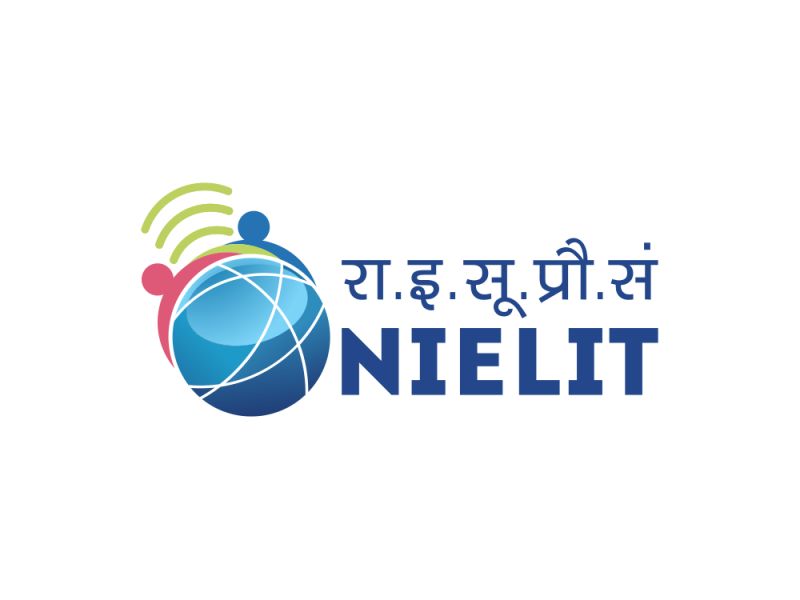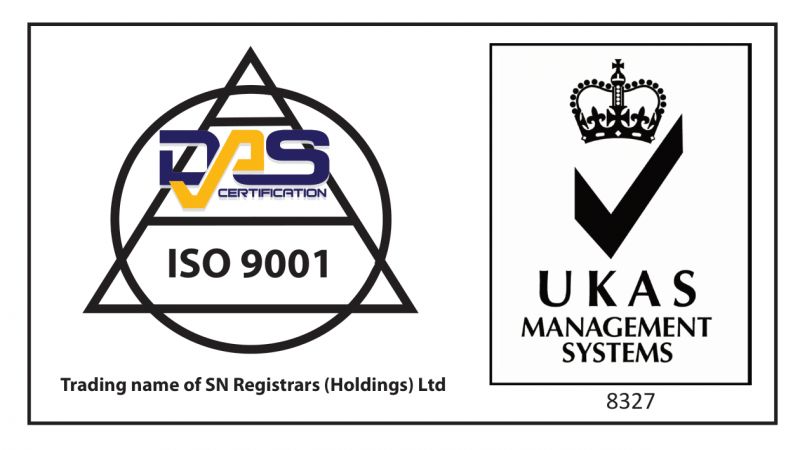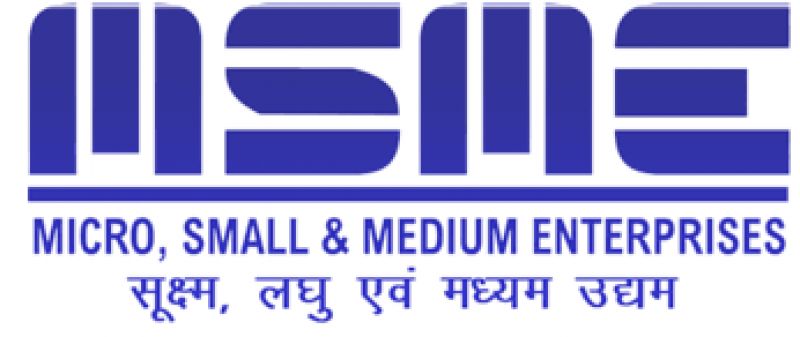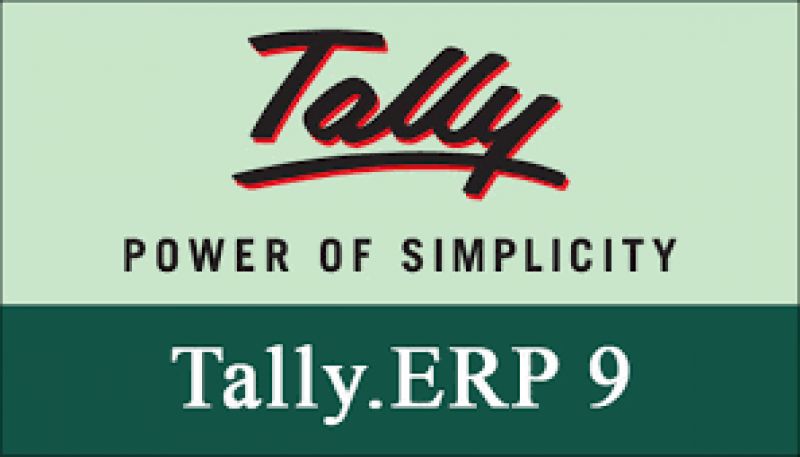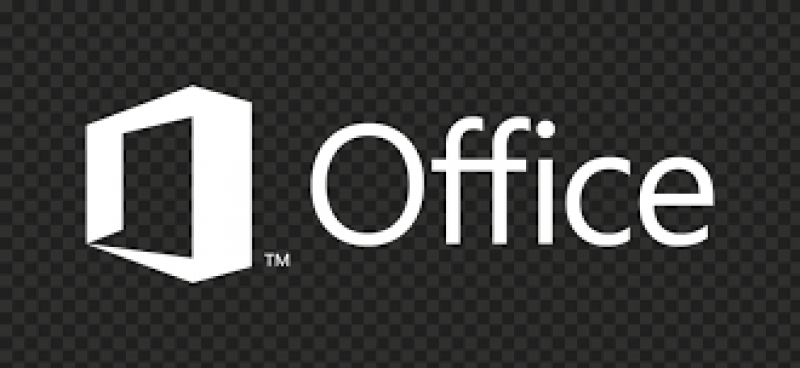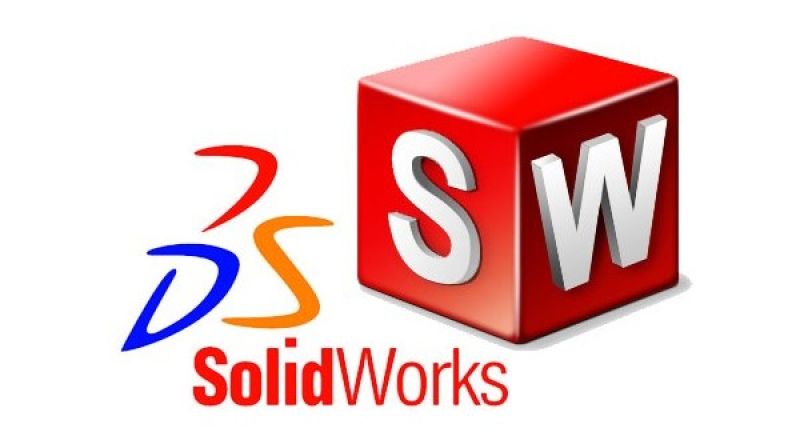
WHAT IS SOLIDWORKS:
SolidWorks is a solid modeling computer-aided design (CAD) and computer-aided engineering (CAE) application published by Dassault Systemes.
According to the publisher, over two million engineers and designers at more than 165,000 companies were using SolidWorks as of 2013.
.
Course Containt:
Modeling technology:
Screenshot captured from a SolidWorks top-down design approach
SolidWorks is a solid modeler, and utilizes a parametric feature-based approach which was initially developed by PTC (Creo/Pro-Engineer) to create models and assemblies. The software uses the Parasolid modelling .
Parameters refer to constraints whose values determine the shape or geometry of the model or assembly. Parameters can be either numeric parameters, such as line lengths or circle diameters, or geometric parameters, such as tangent, parallel, concentric, horizontal or vertical, etc. Numeric parameters can be associated with each other through the use of relations, which allows them to capture design intent.
Design intent is how the creator of the part wants it to respond to changes and updates. For example, the user would want the hole at the top of a beverage can to stay at the top surface, regardless of the height or size of the can. SolidWorks allows the user to specify that the hole is a feature on the top surface, and will then honor their design intent no matter what height they later assign to the can.
Features refer to the building blocks of the part. They are the shapes and operations that construct the part. Shape-based features typically begin with a 2D or 3D sketch of shapes such as bosses, holes, slots, etc. This shape is then extruded to add or cut to remove material from the part. Operation-based features are not sketch-based, and include features such as fillets, chamfers, shells, applying draft to the faces of a part, etc.
10TH

Course Code : D001

Course Code : S-09
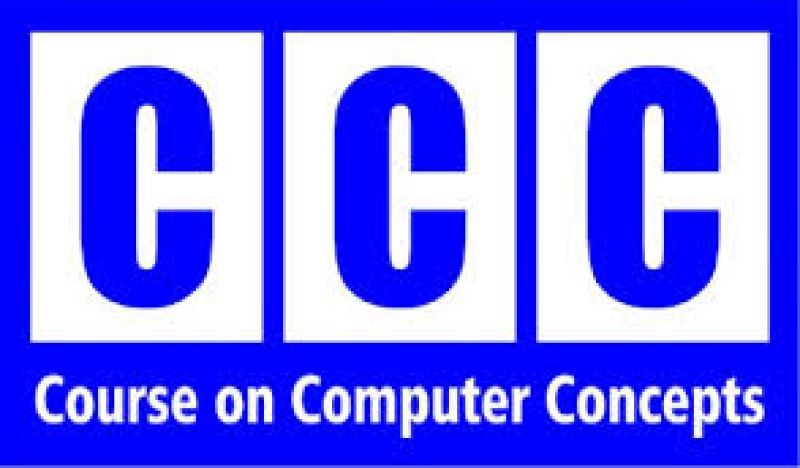
Course Code : S-003
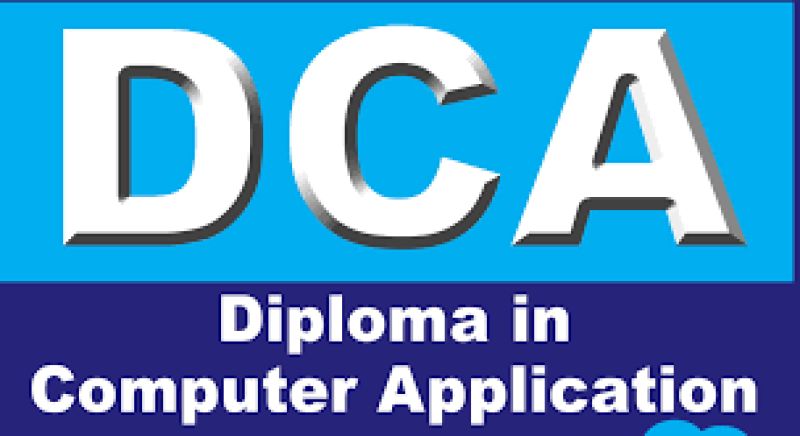
Course Code : M-OO2
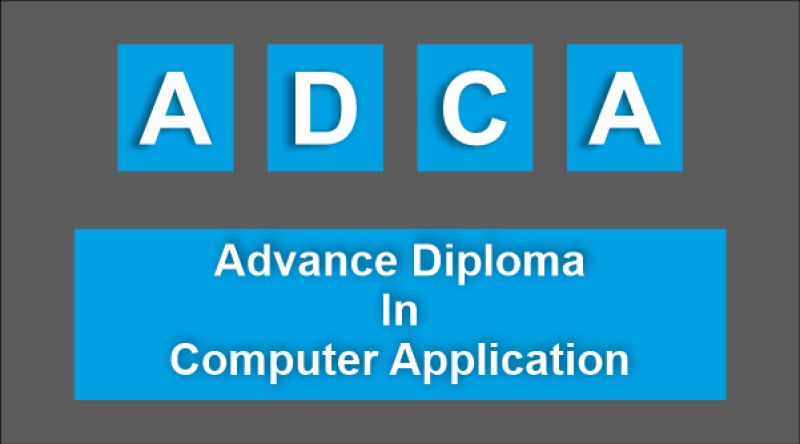
Course Code : M-001
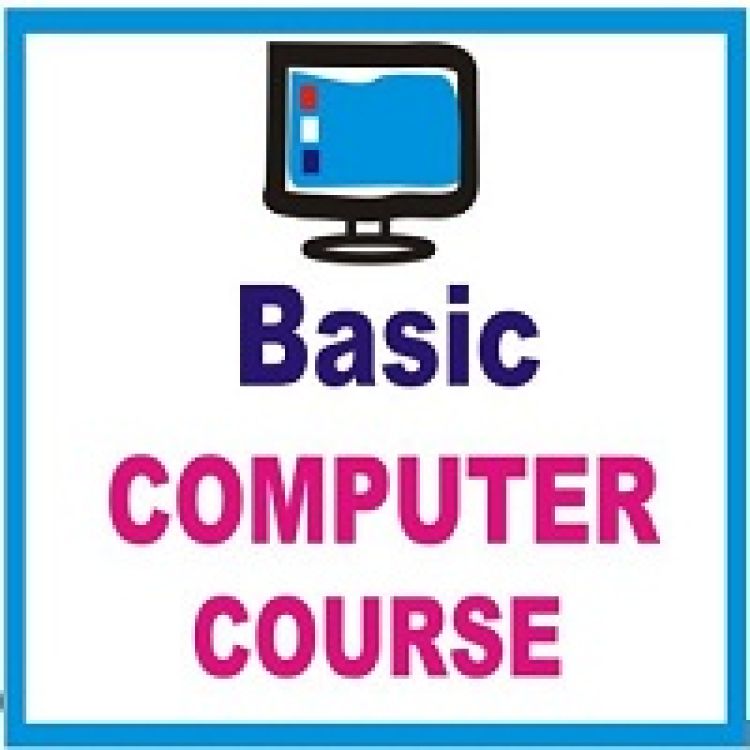
Course Code : S-01

Course Code : S-02

Course Code : S-03

Course Code : S-04
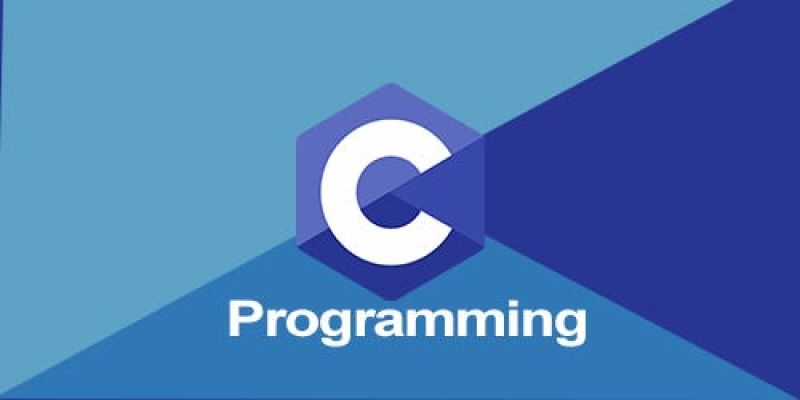
Course Code : S-08

Course Code : M-001

Course Code : M-OO2

Course Code : S-01

Course Code : M-003

Course Code : S-01

Course Code : S-04
Course Code : C-11

Course Code : D-02
Course Code : C-11

Course Code : M-003

Course Code : D-02

Course Code : D-02
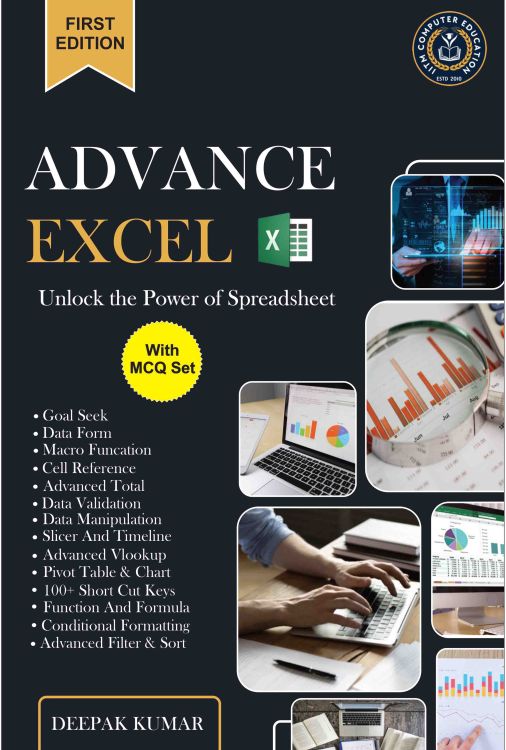
Course Code : S-12

Course Code : S-04
Course Code : C-11

Course Code : M-001

Course Code : M-003

Course Code : D-02

Course Code : S-C18

Course Code : D-11

Course Code : S-DEO

Course Code : S-C-09

Course Code : S-C-09

Course Code : DGD01

Course Code : S-C021

Course Code : S-C021

Course Code : S-01

Course Code : S-12
Course Code : C-11

Course Code : S-04

Course Code : M-001

Course Code : M-003

Course Code : D-02

Course Code : S-12

Course Code : S-C18

Course Code : S-DEO

Course Code : S-C-09

Course Code : DGD01

Course Code : S-C021

Course Code : S-D14

Course Code : S-D15

Course Code : S-D14

Course Code : S-D15

Course Code : S-D14

Course Code : S-D15

Course Code : DGD01

Course Code : D001

Course Code : D001

Course Code : S-C-26

Course Code : M-OO2

Course Code : M-AD-02

Course Code : M-AD-02

Course Code : M-AD-02

Course Code : M-AD-02

Course Code : M-AD-02

